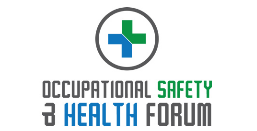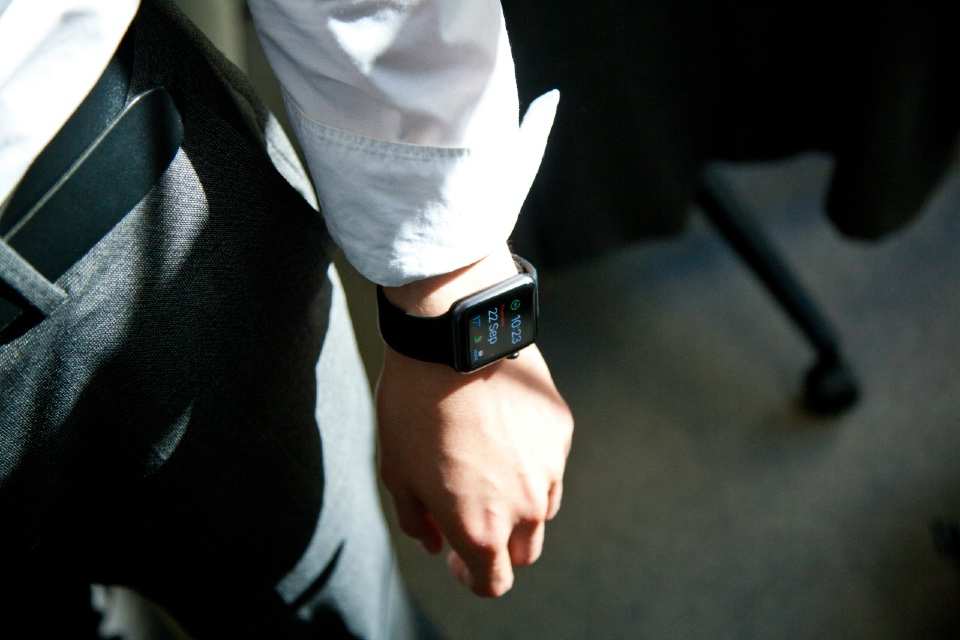As workplace wellbeing becomes an integral part of occupational safety strategies, technology is playing a transformative role in supporting employee health. Practitioners in the UK are increasingly turning to innovative tools to proactively address physical and mental health risks. Here’s how cutting-edge technologies are reshaping employee wellbeing strategies across multiple industries...
Wearable Technology for Real-Time Monitoring
Wearable devices, such as smartwatches and fitness trackers, are revolutionising how organisations monitor employee health. These tools provide real-time insights into metrics like heart rate, physical activity, and stress levels. For high-risk industries like construction and manufacturing, wearable sensors can detect early signs of fatigue or heat stress, allowing immediate intervention.
In office environments, wearables encourage physical activity, prompting employees to stand, stretch, or take short walks, reducing sedentary behaviour. Employers can aggregate anonymised data to identify workplace trends and design targeted wellbeing programs.
AI-Driven Health Monitoring
Artificial Intelligence (AI) is enhancing workplace wellbeing by analysing large volumes of health data to identify risks and recommend interventions. AI-driven platforms can track employee attendance patterns, flagging potential burnout or mental health concerns before they escalate.
For example, AI tools integrated into Employee Assistance Programs (EAPs) can assess usage patterns, providing tailored resources like stress management workshops or counselling sessions. These systems empower organisations to deliver personalised support while maintaining privacy.
Digital Wellness Platforms
Digital wellness platforms provide employees with a centralised hub for managing their physical and mental health. These platforms often include features like guided meditation, exercise plans, and nutritional advice, alongside access to mental health resources.
Virtual consultations with healthcare professionals, made accessible through these platforms, eliminate barriers to seeking help, ensuring employees receive timely care.
Virtual and Augmented Reality for Training and Therapy
Virtual Reality (VR) and Augmented Reality (AR) are being used for immersive training experiences, such as stress management simulations or ergonomic workshops. VR-based therapy, like exposure therapy for anxiety, is gaining traction as an effective mental health support tool in the workplace.
Conclusion
In 2025, technology is enabling organisations to move from reactive to proactive approaches in managing employee wellbeing. By leveraging wearables, AI-driven platforms, and digital wellness tools, UK workplaces can foster healthier, more engaged employees while aligning with modern health and safety standards. For occupational safety professionals, integrating these innovations is no longer a luxury but a necessity for building resilient and thriving workforces.
Are you searching for Wellbeing solutions for your organisation? The Occupational Safety & health Summit can help!
Photo by Tyler Hendy on Unsplash





